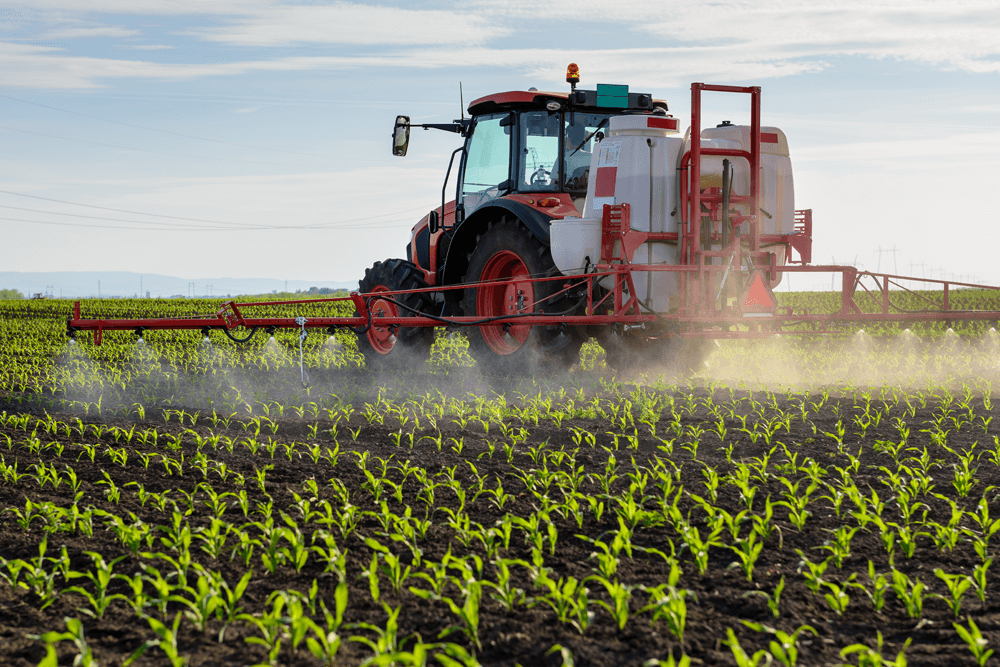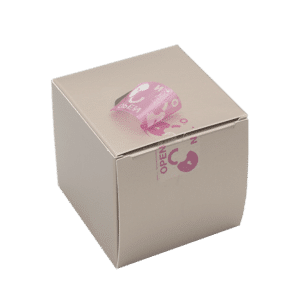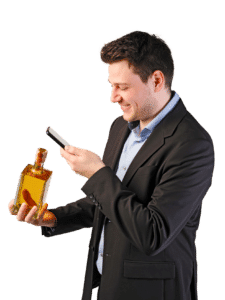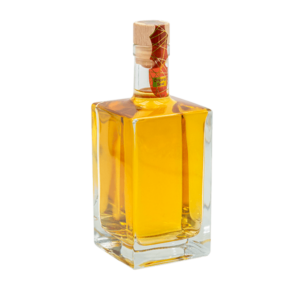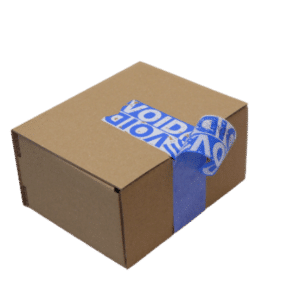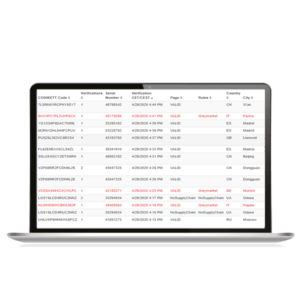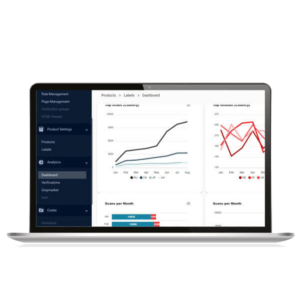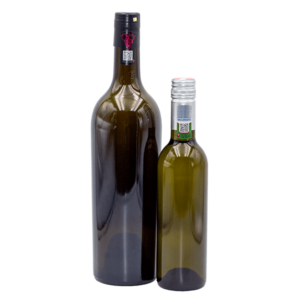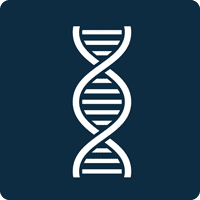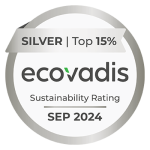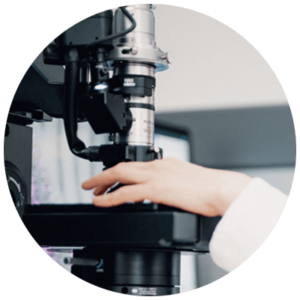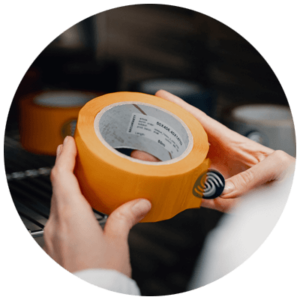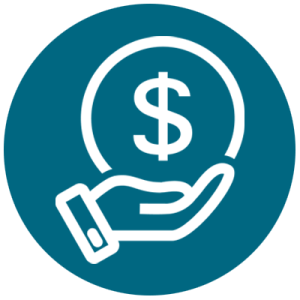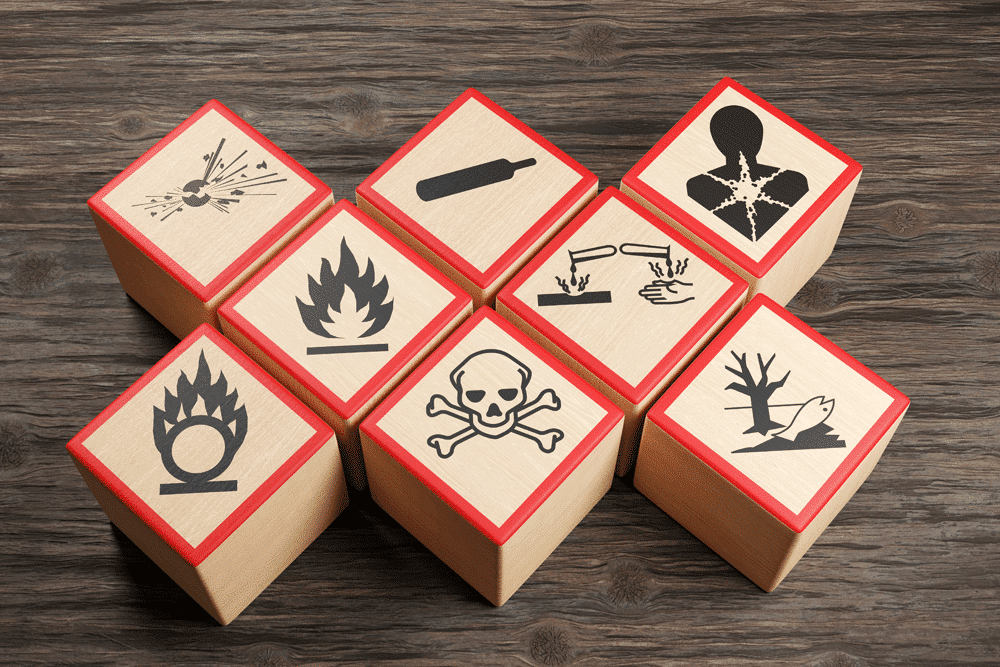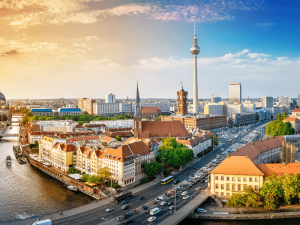(Source: OECD)
Which products can be absolutely hazardous to health?
Possible dangers: Microbiological, Chemical
Possible dangers: Microbiological, Chemical
Possible dangers: Microbiological, Chemical
Possible dangers: Microbiological, Chemical
Possible dangers: Injuries, Strangulations, Chemical, Choking
Possible dangers: Injuries, Strangulations, Chemical, Choking
Possible dangers: Chemical
Possible dangers: Electric shock, Fire, Environment, Burns
Possible dangers: Chemical
Possible dangers: Chemical, Choking, Injuries, Environment, Damage to Hearing, Burns, Strangulation
Possible dangers: Injuries, Fire
Substandard counterfeit medicines
Substandard counterfeit medicines can affect individuals directly in a variety of ways, including the adverse effects of incorrect active ingredients, failure to cure or prevent future disease, thereby increasing mortality, morbidity and the prevalence of disease and contributing to the progression of antimicrobial resistance and drug-resistant infections.
WHO estimates indicate that between 72 000 and 169 000 children may die from pneumonia every year after receiving counterfeit drugs, and that fake anti-malarial medication might be responsible for an additional 116 000 deaths.
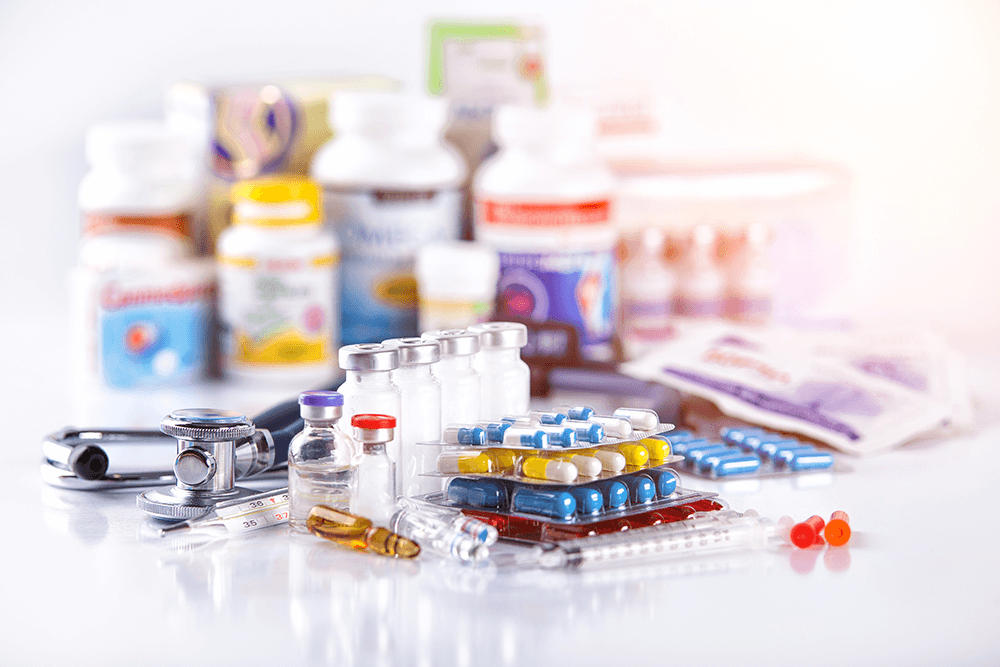
Faked alcohol
The illegally produced products are sometimes made with lower priced ingredients. This has raised serious health concerns as the rogue producers may use lower-priced methanol in their products in lieu of highly taxed ethanol. It is estimated that methanol has a strong link to morbidity and mortality results in several thousand deaths per year worldwide. In addition to death, methanol consumption can have other serious effects, including a decreased level of consciousness, poor or no coordination, vomiting, abdominal pain, and/or could cause permanent blindness due to the destruction of the optic nerve.
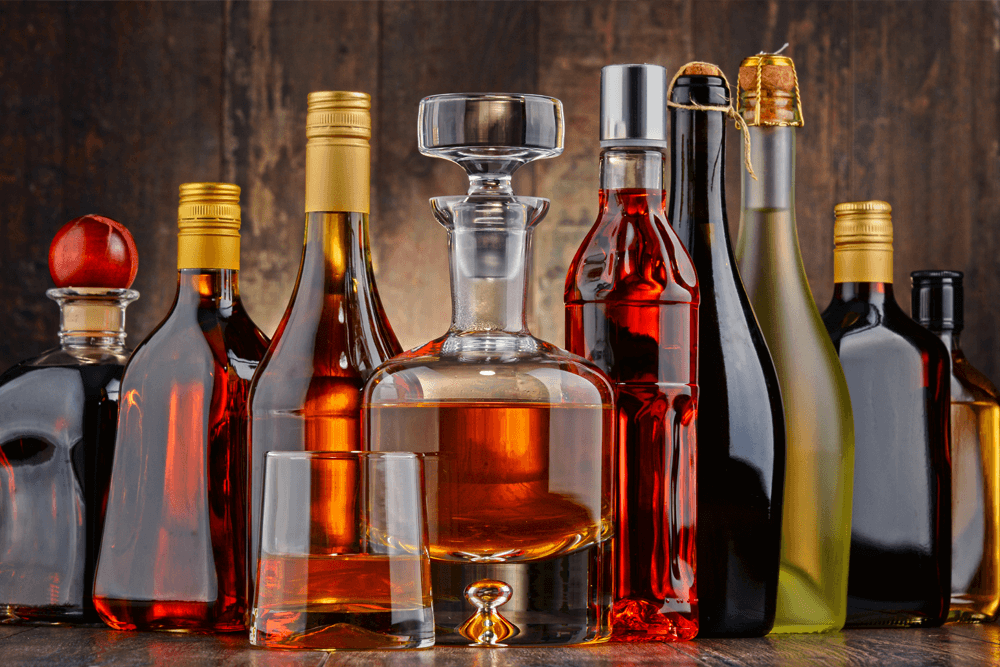
Sample:
In Russia, 34 persons died from drinking illicit vodka containing methanol in October 2021, with another 25 hospitalized. Police investigation discovered a warehouse manufacturing plant in which over 600 litres of alcoholic spirits were seized, with a further 1,279 bottles of counterfeit alcohol discovered in the region affected by the contaminated alcohol during two days of widespread checks. (Source: brusselstimes.com)
Faked cosmetics
Government and industry studies and testing have discovered that some of the ingredients that are used to produce counterfeit cosmetics and fragrances are dangerous. Such cosmetics often contain known carcinogens, such as arsenic, beryllium, and cadmium, along with high levels of aluminum and presence of microbiological contamination.22 Some of these products have caused acne, psoriasis, rashes, and eye infections. Counterfeit fragrances have been found to contain DEHP, classified by the US Environmental
Protection Agency as a probable human carcinogen. These counterfeit perfumes and colognes, which sometimes contain urine, have been known to cause serious skin rashes.
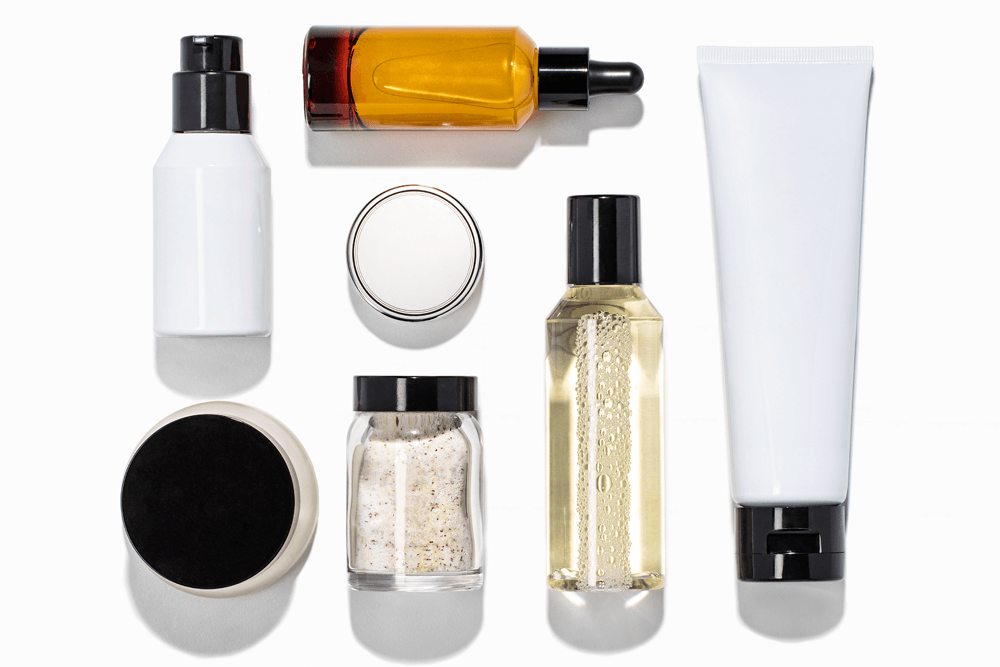
Sample:
In 2020, the Los Angeles Police Department raided the city’s Fashion District and seized USD 700,000 worth of counterfeit cosmetics. Tests revealed that the seized products, which included fake Anastasia, NARS, MAC, Urban Decay and Kylie Cosmetics, contained high levels of bacteria and animal waste.
Toothpaste
In 2019, the Ministry of Health in Costa Rica, issued an alert indicating that two types of counterfeit toothpaste of a known brand were being sold on the market. Tests on seized products confirmed that the product contained diethylene glycol (DEG), which was not declared on the labeling and that could be harmful to health. DEG is a compound that is used as an antifreeze and sometimes as a glycerin replacement thickener.
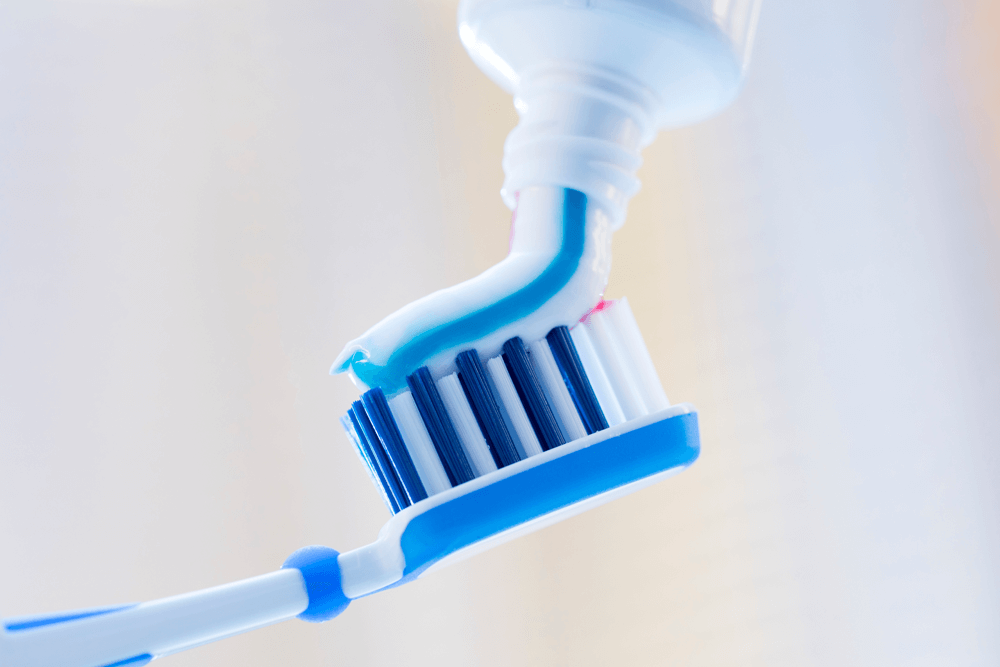
Contact lenses
A major online retailer of colored contact lenses in the United States pleaded guilty in 2016 to running an international operation importing counterfeit and misbranded contact lenses from suppliers in Asia and then selling them over the Internet without a prescription to tens of thousands of US customers. Such lenses are medical devices that must receive FDA authorization to enter the United States. After purchasing the lenses, many customers complained directly about their quality and questioned whether the contact lenses were genuine and FDA approved. The retailer admitted that some of the contact lenses he sold were tested and found to be contaminated with potentially hazardous bacteria.
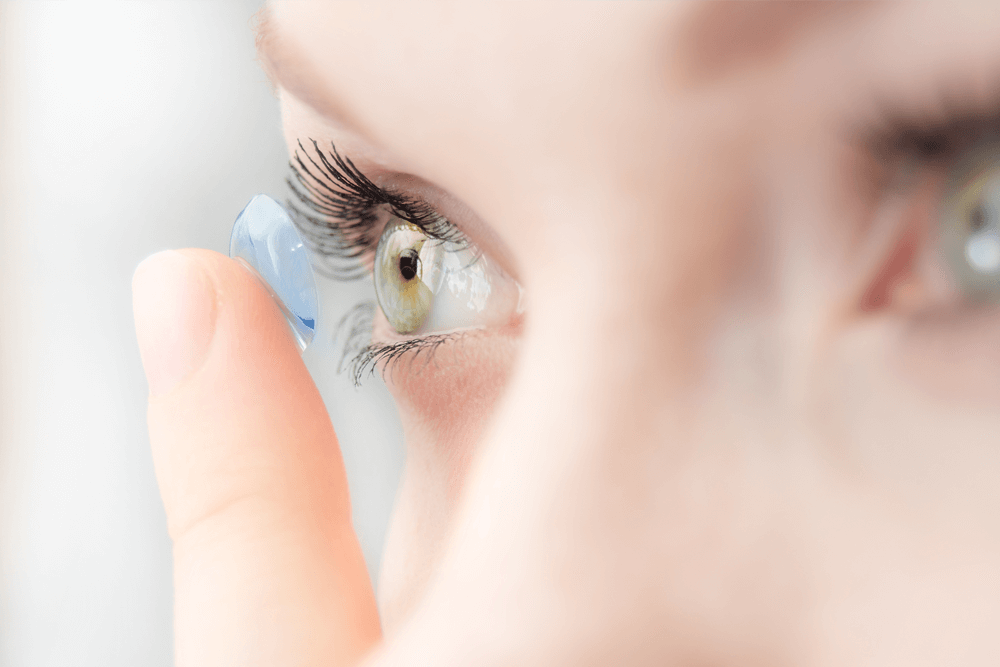
Toys and children’s equipment
Counterfeit versions of popular toys are an ongoing problem, which is exacerbated during holiday periods when genuine products are often in short supply. The availability of lower priced alternatives on the Internet further complicates the situation, as buyers may be attracted to the lower prices, not knowing that the product they are buying is a fake, and could well be substandard and unsafe for children. L.O.L. dolls, for example, are highly popular toys which have been counterfeited with substandard products that contain phthalates, a chemical which can damage the liver, kidneys, lungs and reproductive system.
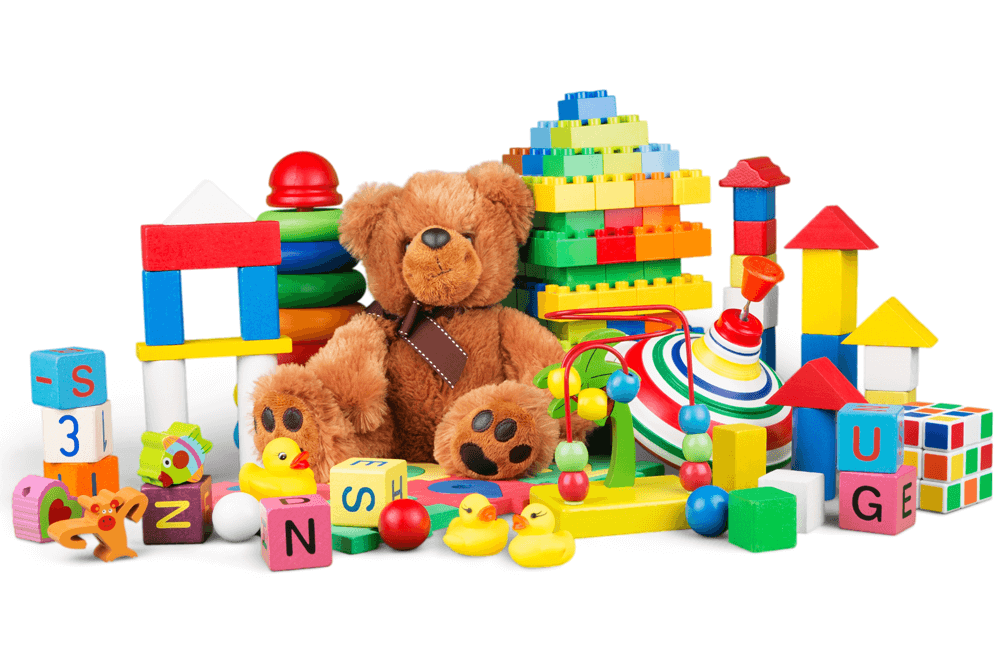
Household appliances
A counterfeit semiconductor component caused a fire in the control circuitry in a vacuum cleaner for residential use. This fire was successfully contained, but it had the potential to result in major property damage or even loss of life.
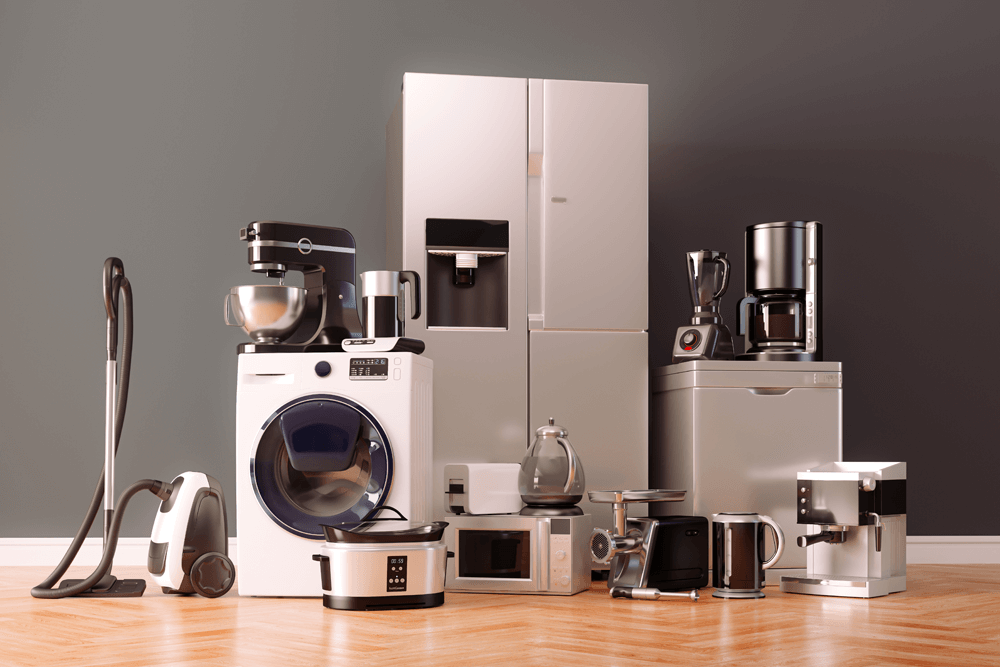
Batteries
Lithium-ion products are considered dangerous goods and must be labeled as such when transported. Strict guidelines and restrictions must be followed and must meet UN test standards when being transported by air. Counterfeiters, however, may mislabel their products and not declare them as dangerous goods in order to avoid restrictions. Dropping such batteries during transportation may cause cells to undergo venting, thermal runaway, and fire. Incidents of fatal crashes and fires in airplanes have in fact been linked to cargoes containing undeclared lithium-ion products.
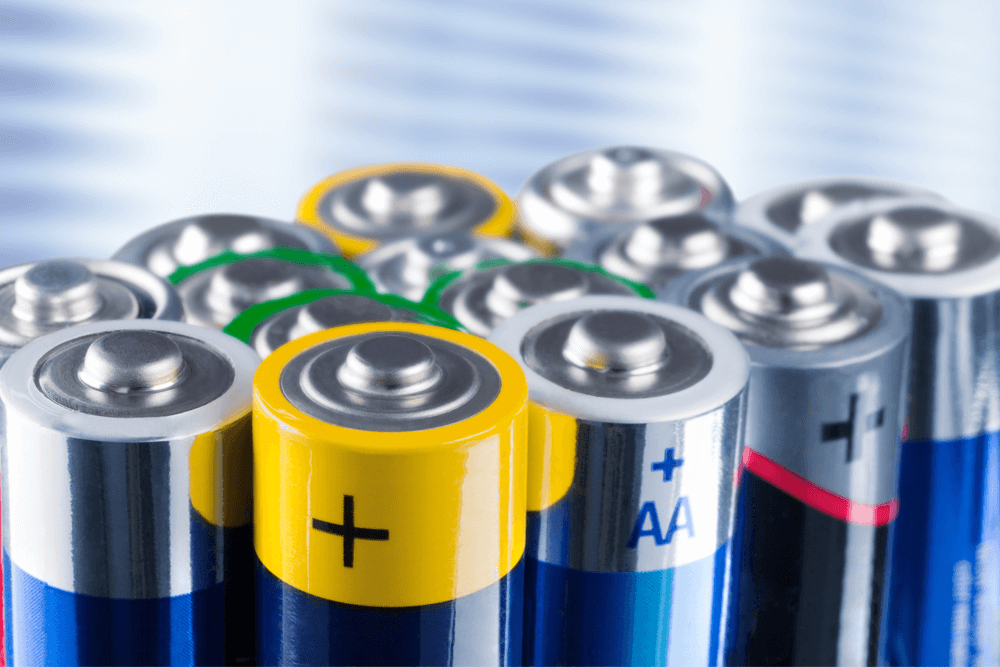
Automotive Parts
US Customs seizure statistics reveal that counterfeit safety components like brake pads, air bags, wheels, and suspension parts are commonplace. Additional counterfeit parts reported to have been seized by law enforcement include seat belts, oil and air filters, windshields, microchips, and spark plugs.
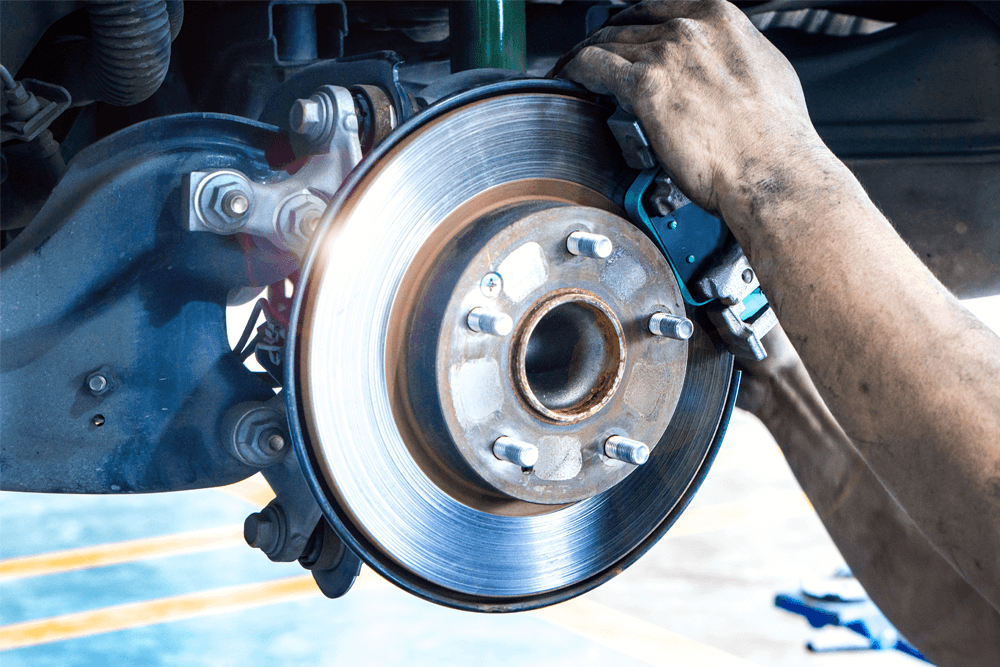
Pesticides and agrochemicals
In some areas, use of counterfeit products has destroyed crops and poisoned the fields for subsequent years, with severe economic and health consequences for the farming villages concerned. Moreover, substandard pesticides that are not strong enough to kill insects could result in the creation of more robust species of superbugs that could further damage farming. Consideration also needs to be given to the possibility of risky transportation by counterfeiters. Improperly shipped merchandise that ends up in waterways would have a pronounced effect on ecosystems.
